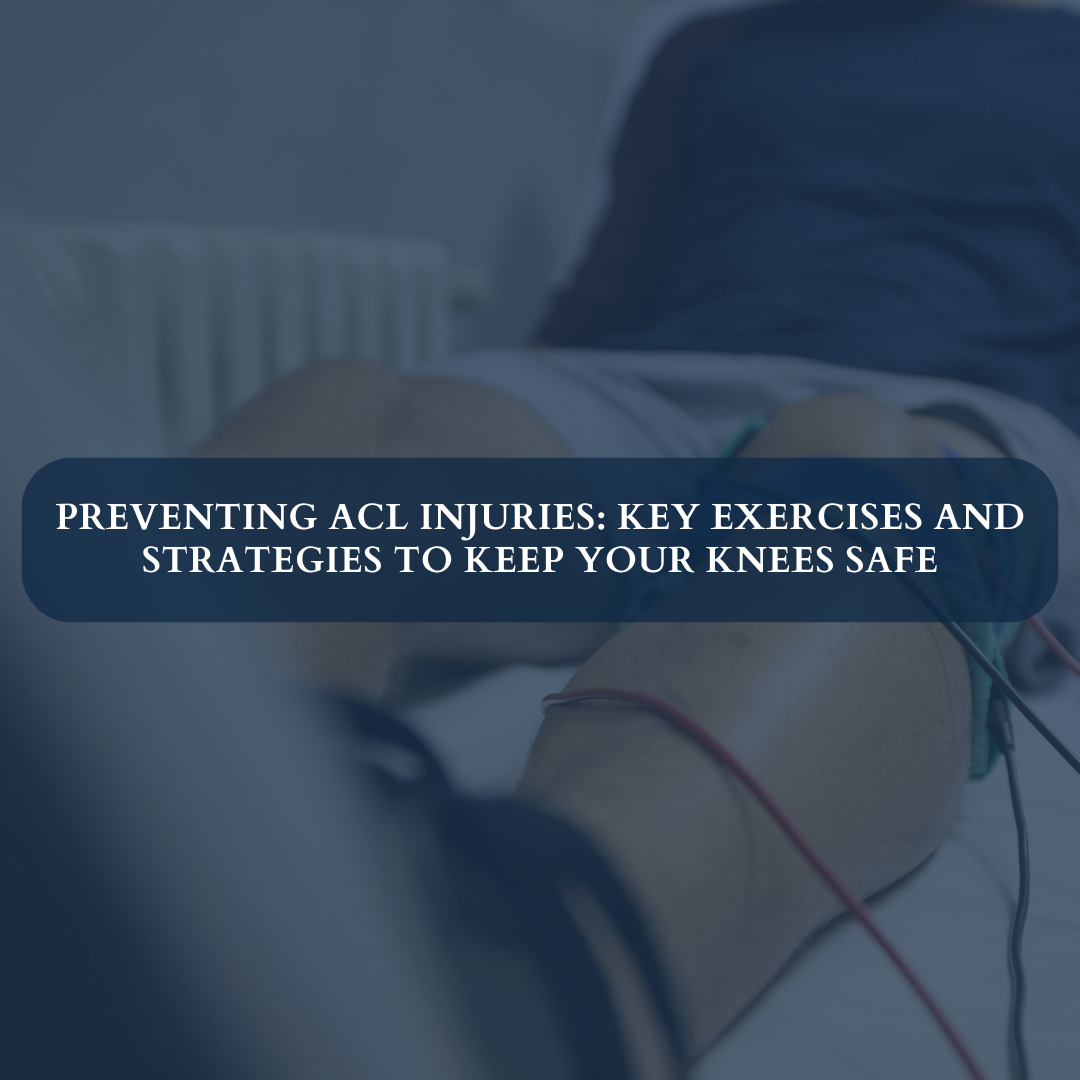Welcome to our comprehensive guide on preventing ACL injuries. Whether you’re an athlete or someone who simply wants to maintain knee health, this article is for you. We’ll delve into the anatomy of the ACL, common causes of injuries, and most importantly, effective exercises and strategies to safeguard your knees.
Understanding the ACL
Before diving into prevention strategies, let’s understand what the ACL is and its significance. The Anterior Cruciate Ligament (ACL) is one of the key ligaments in the knee, providing stability and preventing excessive forward movement of the tibia in relation to the femur. Injuries to the ACL can range from mild sprains to complete tears, often requiring surgical intervention and lengthy rehabilitation.
Common Causes of ACL Injuries
ACL injuries can occur due to various reasons, including sudden stops or changes in direction, direct impact to the knee, or landing incorrectly from a jump. Athletes participating in sports like soccer, basketball, football, and skiing are particularly prone to ACL injuries due to the dynamic and high-impact nature of these activities.
Key Exercises for ACL Injury Prevention
1. Strength Training: Building strength in the muscles surrounding the knee, including the quadriceps, hamstrings, and calf muscles, can help provide better support and stability to the joint. Incorporate exercises such as squats, lunges, leg presses, and calf raises into your routine.
2. Balance and Stability: Improving balance and proprioception can reduce the risk of ACL injuries by enhancing your body’s ability to control movement and maintain stability. Include exercises like single-leg balance, stability ball exercises, and proprioceptive training drills.
3. Plyometric Exercises: Plyometrics focus on explosive movements and can help improve agility, coordination, and power while reducing the risk of ACL injuries. Examples of plyometric exercises include box jumps, lateral jumps, and jumping lunges.
4. Flexibility Training: Maintaining flexibility in the muscles and tendons around the knee joint is crucial for preventing injuries. Incorporate stretches for the quadriceps, hamstrings, calves, and hip flexors into your warm-up and cool-down routines.
5. Proper Landing Techniques: Whether you’re jumping during sports or performing plyometric exercises, mastering proper landing techniques can significantly reduce the stress on your knees. Focus on landing softly with bent knees and absorbing the impact through the muscles rather than the joints.
Strategies for ACL Injury Prevention
1. Warm-up and Cool-down: Always start your workouts with a thorough warm-up to increase blood flow to the muscles and prepare them for activity. Similarly, finish with a cool-down consisting of gentle stretching to help prevent muscle tightness and reduce the risk of injury.
2. Wear Proper Footwear: Ensure you wear appropriate footwear for your chosen activity, providing adequate support and cushioning for your feet and ankles. Replace worn-out shoes regularly to maintain optimal support and shock absorption.
3. Gradual Progression: Avoid sudden increases in intensity or duration of workouts, as this can put excessive strain on your knees and increase the risk of injury. Instead, progress gradually and listen to your body’s signals to avoid overtraining.
4. Cross-Training: Incorporating a variety of exercises and activities into your routine can help prevent overuse injuries and balance muscle development. Include activities like swimming, cycling, or yoga to complement your primary workouts.
5. Listen to Your Body: Pay attention to any signs of pain, discomfort, or instability in your knees during exercise. Ignoring these warning signals can lead to further injury, so adjust your workouts accordingly and seek professional guidance if needed.
Also Read
ACL injury – Symptoms and causes
Conclusion
Preventing ACL injuries requires a multifaceted approach, including targeted exercises, strategic planning, and a proactive mindset. By incorporating the key exercises and strategies outlined in this article into your fitness routine, you can significantly reduce the risk of ACL injuries and keep your knees safe and healthy for years to come. Remember, consistency and proper form are key, so prioritize your knee health every step of the way.

Leave a Reply